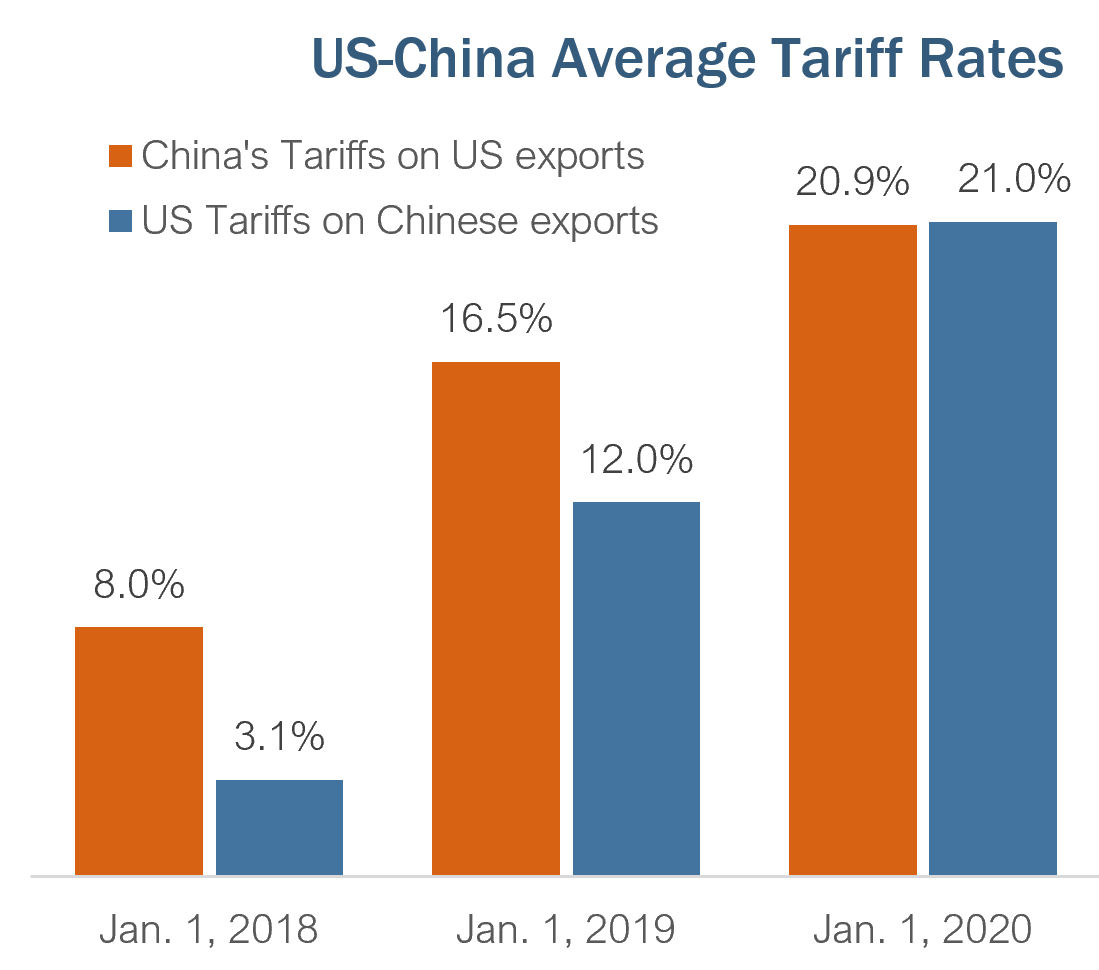Current Developments in Tariffs: A Comprehensive Overview
In recent months, the topic of tariffs, particularly those imposed on imports from China, has gained significant attention in the political and economic landscape of the United States. The Biden administration has taken decisive steps to adjust and increase tariffs, continuing a trend that began under former President Donald Trump. This article aims to provide an extensive overview of the current state of tariffs, their implications, and the ongoing political discourse surrounding them.
Biden's Tariff Increases
On September 13, 2024, President Joe Biden finalized a series of tariff increases on various Chinese imports, marking a significant escalation in the ongoing trade tensions between the U.S. and China. The new tariff rates are as follows:
- 100% on electric vehicles (EVs)
- 50% on solar cells
- 25% on critical minerals, steel, aluminum, face masks, and ship-to-shore cranes
These increases are part of a broader strategy to protect U.S. industries deemed critical to national security and to curb China's technological advancements. The tariffs are expected to impact approximately $18 billion worth of imports, affecting multiple sectors including renewable energy and manufacturing.
Background and Rationale
The rationale behind these tariff hikes is rooted in the belief that they will help to cripple Beijing's development in strategic sectors. Biden's administration has maintained that these tariffs are necessary due to China's failure to meet previous trade commitments. This approach aligns with the previous administration's policies, as Biden has opted to retain many of the tariffs imposed by Trump, which totaled around $350 billion on Chinese goods.
Temporary Relief for Certain Industries
Interestingly, while the tariff increases are sweeping, they do provide some temporary relief for U.S. port operators who were facing a new 25% tariff on ship-to-shore cranes, a sector where China currently holds a dominant position. This decision reflects a nuanced approach to tariff implementation, balancing the need for protectionism with the realities of domestic industry capabilities.
Political Implications
The ongoing tariff situation has significant political ramifications, especially as the 2024 presidential election approaches. Former President Trump has promised to impose new tariffs on both Mexico and China if he is reelected, which could further complicate U.S. trade relations. His proposals have raised concerns among economists and industry leaders about potential retaliation from trading partners and the overall impact on the U.S. economy.

Bipartisan Support for Tariff Increases
Interestingly, there is a growing bipartisan consensus in Congress regarding the need to increase tariffs and sever economic ties with China. Lawmakers from both parties have expressed support for revoking the low tariff rates that were previously granted to Beijing, indicating a shift in the political landscape surrounding trade policy.
Economic Impact
The economic implications of these tariff increases are profound. According to the National Retail Federation (NRF), the impact of Trump's tariffs could lead to double-digit percentage price spikes across various retail categories. This could result in increased costs for consumers and businesses alike, potentially stifling economic growth.
Specific Sector Impacts
- Electric Vehicles: The increase to 100% tariffs on EVs could significantly raise prices for consumers, potentially slowing the adoption of cleaner technologies.
- Solar Energy: With 50% tariffs on solar cells, the renewable energy sector may face increased costs, which could hinder the transition to sustainable energy sources.
- Manufacturing: The 25% tariffs on critical minerals and manufacturing inputs could disrupt supply chains and increase production costs for U.S. manufacturers.
Future Outlook
As the U.S. navigates these complex trade dynamics, the future of tariffs remains uncertain. The Biden administration's approach appears to be one of cautious escalation, aiming to protect domestic industries while also considering the potential backlash from trading partners. The political landscape will likely continue to evolve, especially as the election approaches and candidates outline their trade policies.

The current state of tariffs, particularly those affecting imports from China, is a critical issue that intertwines economic policy with political strategy. As the Biden administration implements significant tariff increases, the implications for consumers, industries, and international relations are profound. The ongoing discourse surrounding tariffs will undoubtedly shape the economic landscape in the coming months, making it a key area to watch as the U.S. approaches the 2024 presidential election.
For more detailed information on the latest developments regarding tariffs, you can visit the following articles:
- Biden finalizes increases to China tariffs | CNN Politics
- US locks in steep China tariff hikes, some industries warn of ... | Reuters
- Biden sharply hikes US tariffs on an array of Chinese imports | Reuters
The evolving situation surrounding tariffs will continue to be a focal point for both policymakers and the public, as the implications of these decisions resonate throughout the economy.





